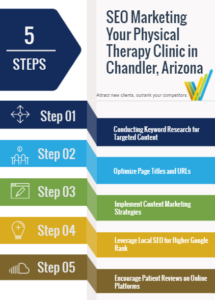It’s not often the courts get involved in anything that impacts SEO. But it does happen.
And you do hear controversy…but usually, it turns into a whole lotta nothing.
In this case, the impact’s pretty far-reaching.
If the judge’s decision is upheld, it could expose practically any website (and especially those with blogs) to costly lawsuits.
What’s the Big Deal?
Federal Judge Katherine Forrest (based in New York) found embedding a Tweet that includes a copyrighted photo could make you liable for copyright infringement.
“Embedding” means you include a link with code from a third-party source that allows you to display their content.
The story is that Justin Goldman took a photo of Tom Brady meeting with Boston Celtics general manager Danny Ainge in an attempt to lure Kevin Durant to the Celtics. Goldman uploaded the photo to Snapchat, where it went viral and was taken for use and embedding by a number of sports media outlets (Yahoo, Gannett, Time, Boston Globe, and many others).
Judge Forrest rejected the argument that, if upheld, her ruling could affect millions of websites.
And interestingly, her ruling goes against past precedents.
You could possibly defend yourself from copyright infringement by arguing fair use. But of course, if you’re threatened as a small business, you would probably just back down to save yourself time and money.
Judge Forrest also qualified her ruling a bit, noting that it’s not clear whether Goldman released his image into the public domain by posting it to his Snapchat account. And she also said limitations on innocent infringement exist.
But nonetheless, her ruling contains far-reaching implications for the entire internet.
What Should You Do?
Right now, you don’t have to do anything. No one has proven embedding someone else’s content constitutes copyright infringement.
At the same time, since using images and media remains such a contentious issue, make sure you stay fully within the law to the best of your ability.
If you take a screenshot of someone else’s work online, link back to their website and give them credit.
You can paraphrase an idea without crediting the source. But if you quote it, again, link back.
When you do use images, and especially stock images, make sure you buy them or have permission to use them.
Some images can be used without mentioning the site you got them from – but make sure the website’s owner tells you that explicitly.
If you’re supposed to buy the image, pay for it. But, for what it’s worth, remember that stock photos don’t do you much good in terms of attracting readership or paying customers. In fact, they usually hurt you. They might look cool sometimes, but they don’t necessarily improve your bottom line.
And FYI – companies like Getty Images (who owns large stock-photo sites like iStockphoto) do sneaky and nasty things like installing special tracking code within their images. Then, if you copy, save, and use their image, they hunt you down and threaten you with a lawsuit – unless you pay their unreasonably high fee.
White-collar crime at its best!
For now, you can use the embedded content. But, exercise caution as I just described so you protect yourself.
And, keep your eyes and ears peeled to this blog and others for updates on how this pressing issue might affect you.






